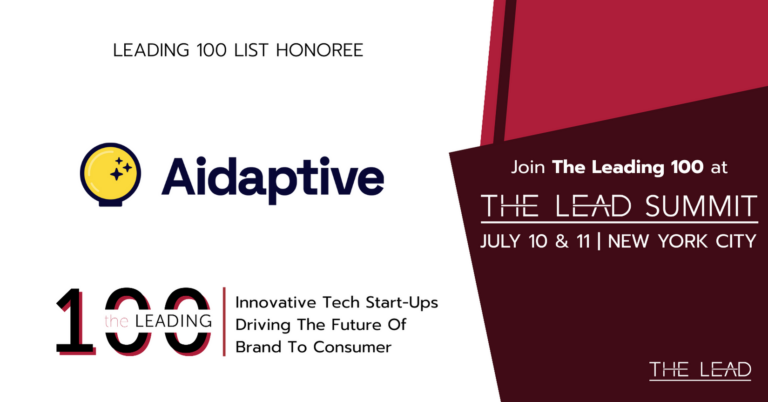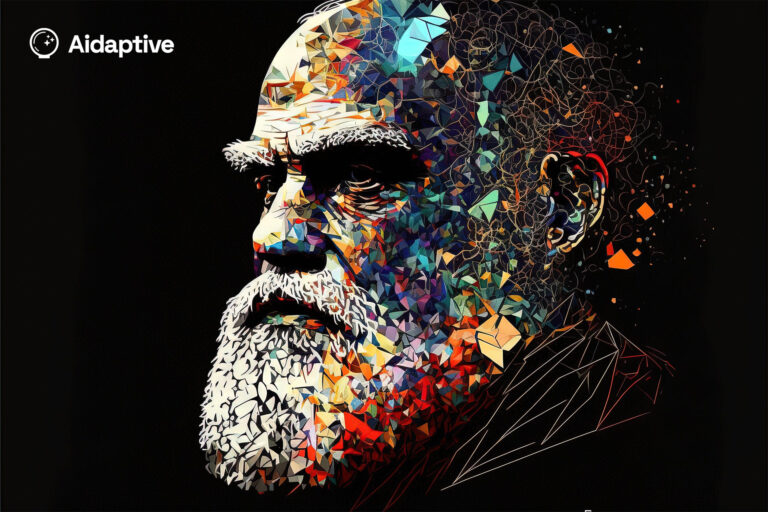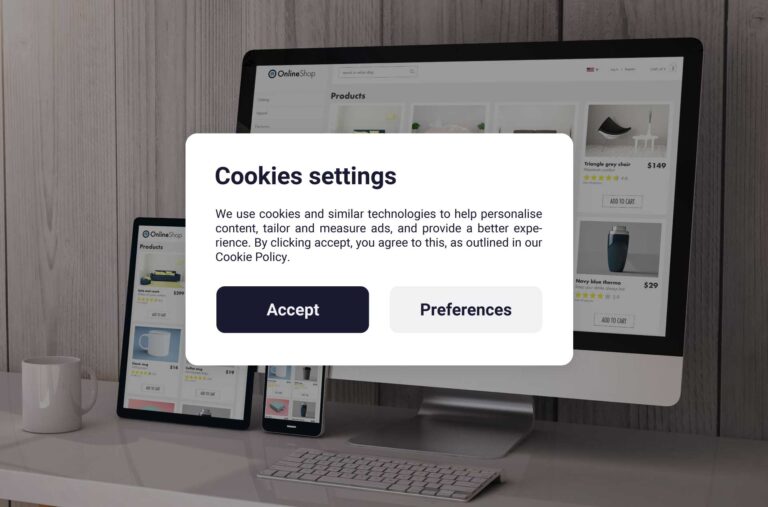The fourth quarter of any given year has been called the Olympics of e-commerce — and for good reason.
For most brands, it’s going to be their biggest quarter of the year, largely thanks to Black Friday—Cyber Monday. The annual sales event traditionally kicks off the holiday shopping season and in 2022, US consumers spent more than $20 billion across both days.
It’s also a highly competitive time for e-commerce, with everyone hoping to meet their end-of-year revenue goals and increase their returning customer rates.
Winning BFCM is the key to winning the whole year, as well as the key to setting yourself up for success in Q1. That means merchants need to be prepared. In the rapidly changing world of e-commerce, using the same old tricks and strategies isn’t going to cut it. The brands that innovate will be the ones that succeed.
As we near just 60 days until Black Friday, Aidaptive brought together four leading-edge experts representing four key perspectives:
- Logistics and fulfillment
- Analytics and attribution
- Ads and ROAS
- AI and CRO
In this webinar, each expert shared what they would do to prepare for BFCM with 60 days to go. Watch the full event for their insights and read a tip from each panelist below.
1. Logistics Alignment is Critical
This advice comes from Joe Spisak, CEO of Fullfill.com, a service that helps e-commerce merchants find the right third-party logistics provider.
He said that 60 days out from BFCM is the perfect time to schedule a call with your 3PL. Find your main point of contact and ask how they’re preparing for BFCM and what you can do on your end to ensure a smooth sales event.
Also, ask for a full physical inventory account and double-check that those numbers are reflected in the warehouse management system. Knowing your accurate inventory account will let you know which SKUs you can target with aggressive marketing
“You want to make sure these counts are correct because if you have a count that is under and you oversell, you can put yourself in big trouble,” says Spisak.
This is especially important if you’re an omnichannel seller — you must ensure all counts are accurate no matter where a sale originates. Now is the time to make sure.
2. Setup your Analytics and Attribution properly
Erin Watt is a Partner Manager at Triple Whale, a platform for e-commerce businesses that pulls in data from across applications to help you make smart decisions. The strategy she suggests is to use your data to optimize your marketing efforts for BFCM.
An event like BFCM, when increased competition means higher costs for clicks, placing pressure on brands. You need to make every click count.
“With the right tools and insights, this pressure can be relieved by merchants and see an increase in sales and customer acquisition,” says Wartt.
Using a tool like Triple Whale, identify who your top converting customers are — the ones who you know will come back to make repeat purchases. These are the customers you want to be targeting with owned channels like email and SMS.
She gave the example of a cosmetics brand that knows customers are likely to return after two months to make another purchase. Instead of a mass email, target those shoppers who are already primed to buy with special offers. The goal is to put your time and effort into customers with the highest likelihood to make a BFCM purchase — and data can identify who those customers are.
It’s important to do this work now to put yourself in the best position for BFCM.
3. Find your leaky bucket
Medena Ghani is a Growth Manager at Hawke Media, a full-service marketing agency that helps brands of all sizes with data-driven solutions. She’s a digital marketing expert and says the way to increase conversions is to find your “leaky bucket.”
You want to fill your bucket with conversions, and your leaks are when customers bounce. This can happen anywhere in the funnel and your goal before BFCM should be to find and fix those leaks.
“Any business owner needs to take a step back and look at their business from a bird’s eye view and see where that leaky bucket is,” says Ghani.
She also said which KPIs to track ahead of BFCM, and actually recommended MER over ROAs for a more holistic view of your business. MER, or Marketing Efficiency Ratio, is calculated by dividing your total sales by your total ad spend. Only looking at ROAs risks cutting off insights into the top of your funnel awareness marketing from places like Meta and TikTok.
Remember that it takes seven to nine touchpoints to convert a new customer, so examine your funnel all the way from the top to the bottom.
4. Use AI to maximize Conversions
Finally, the webinar heard from Brian Bird, the COO of Aidaptive. Brian started the presentation by illustrating a real-life scenario.
“To demonstrate the unique reasons behind consumer decisions, consider the purchase of athletic shoes. A professional runner may be looking for shoes that enhance performance and provide the best grip. A casual jogger might prioritize comfort over performance. On the other hand, a fashion-forward individual might simply want a pair that complements their outfit the best.”
For businesses, understanding these motivations is paramount. However, how do you do this at scale?
The issue becomes when brands try to create unique and personalized shopping experiences for these individuals manually, especially as the scale of customers grows. Manually attending to the preferences of 10 buyer personas might be feasible. But what about 400? Or an even more staggering 10,000?
Of course, you can throw more people at the problem. Manual configurable solutions might give you an edge. However, this is not scalable. How do you adapt your website to create 10,000 unique experiences in real-time? The only plausible solution is to augment your operations with artificial intelligence and machine learning.
Tools like ChatGPT may help write content for marketers, and chatbots may interact with your existing customers throughout the website, but predicting what your customers want in real-time and effectively displaying individual content and product recommendations throughout your store, search results, PDPs, landing pages, and marketing channels without lifting a finger is only possible by leveraging a predictive AI platform that can orchestrate all that movement for you automatically.
Brian gave the example of Bearbottom Clothing. By personalizing the customer journeys of known shoppers and new visitors on their website and activating marketing activities with unique product recommendations, their team increased their clickthrough rate by 64.1% and conversion rates by close to 12% in 12 months.
The message is clear: in preparing for major sales events like BFCM, utilizing AI to harness your data and make predictive decisions is no longer a luxury – it’s a necessity.
Don’t wait — prepare for BFCM now
With Black Friday—Cyber Monday fast approaching, the time to prepare is now, and these expert tips will set you up for success.
Watch the full webinar now for even more insights on how to prepare for the biggest e-commerce event of the year.


